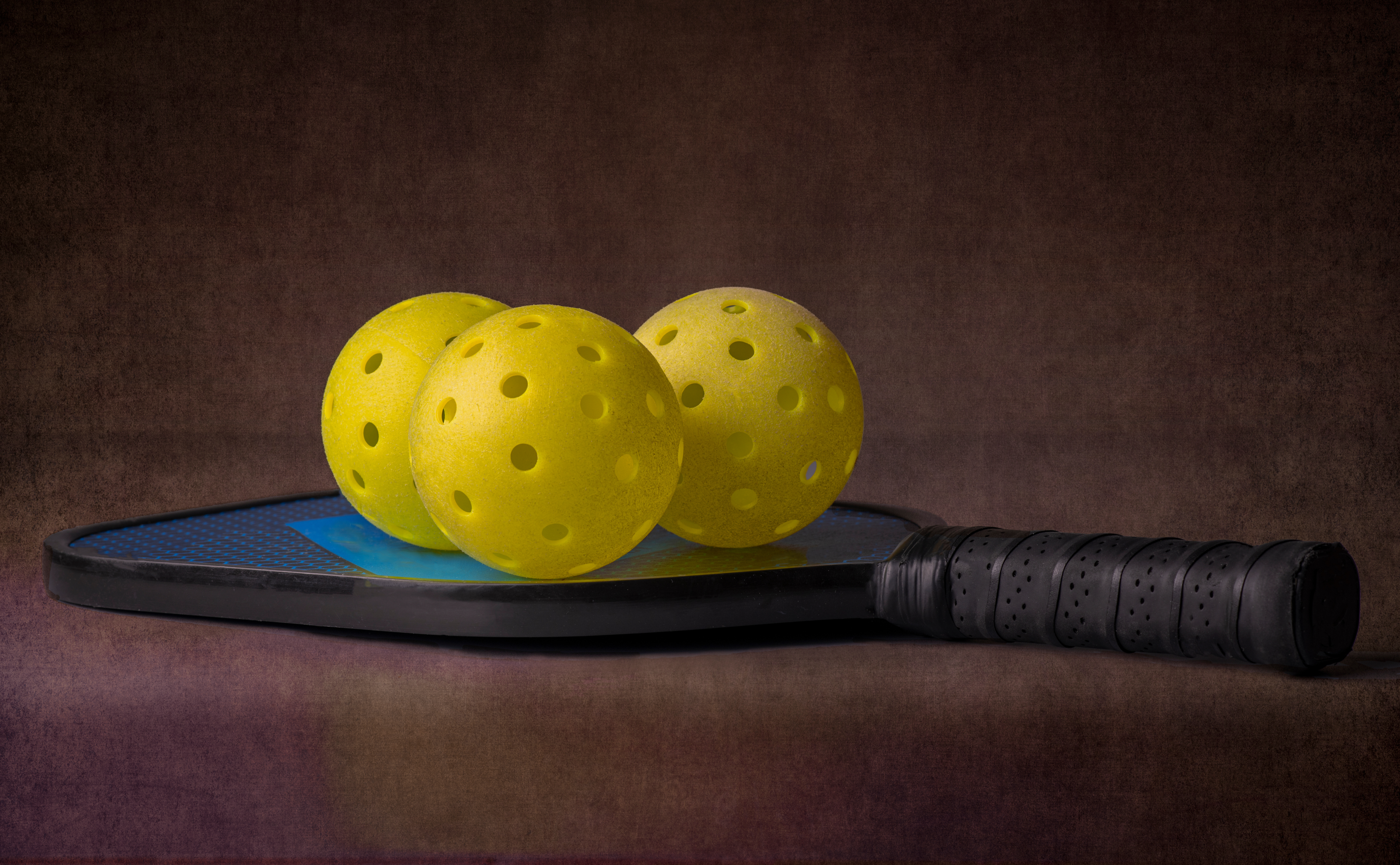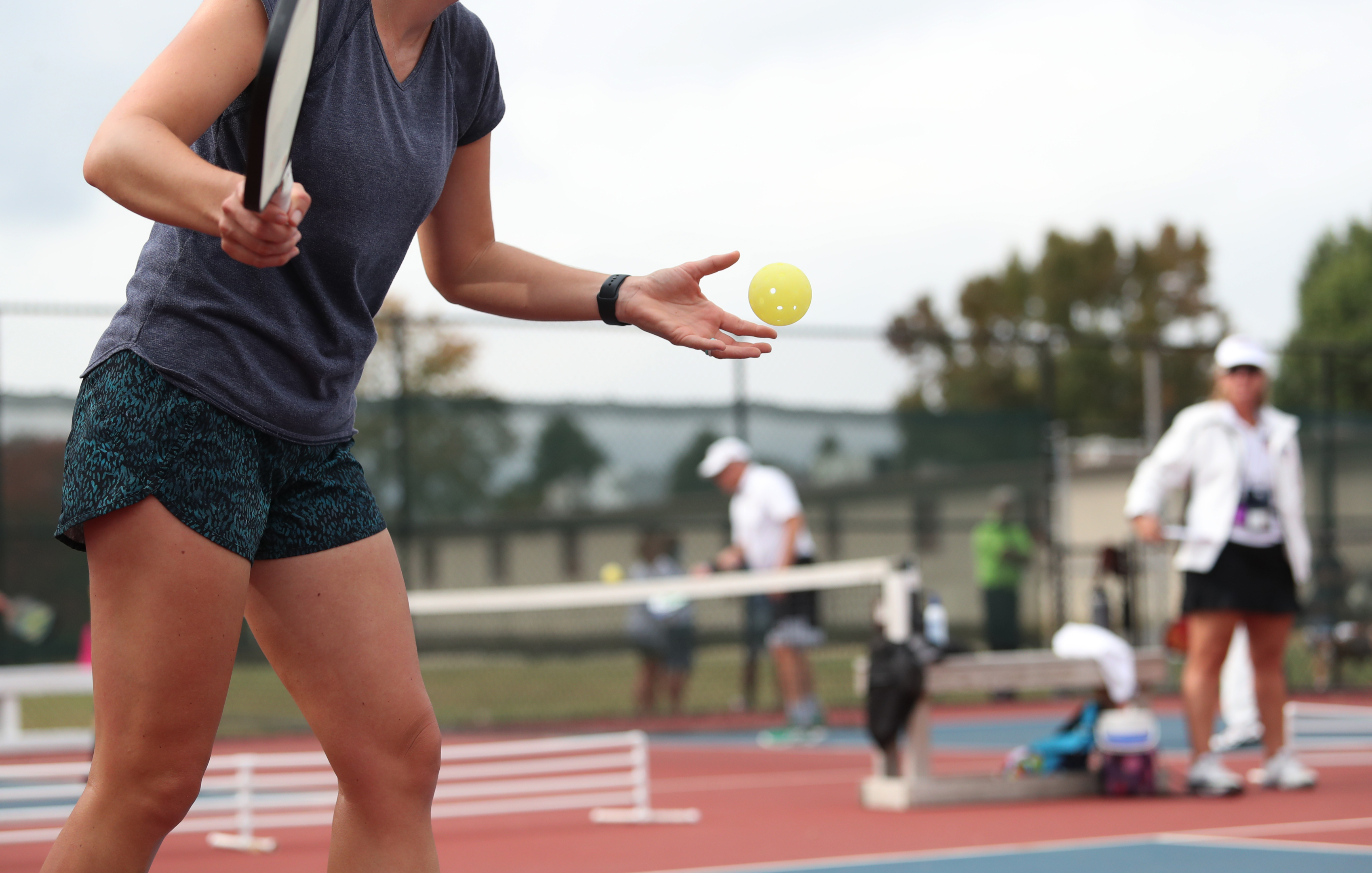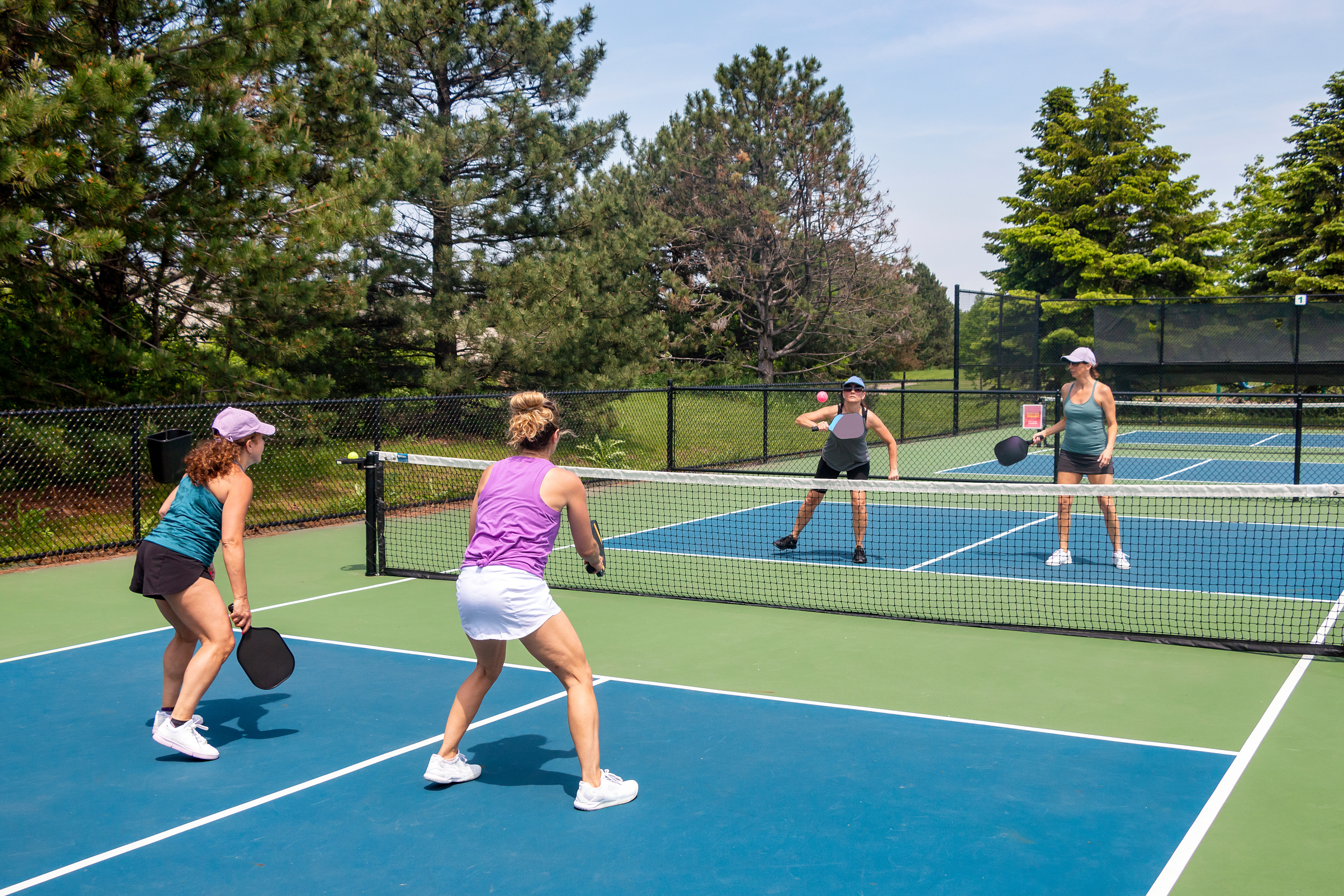Introduction
Imagine stepping onto the court, paddle in hand, ready to engage in the dynamic world of pickleball. Whether you're a novice or an experienced player, comprehending the pickleball official rules is paramount. This sport, a blend of tennis, badminton, and ping-pong, possesses distinct guidelines that orchestrate gameplay. Understanding roles, such as those of the serving team and the opposing team, is key to mastering scoring and navigating the non-volley zone.
Remember, the game typically concludes at 11 points, but achieving a lead of two is necessary for victory. Let's delve into the captivating rules of pickleball to elevate your gameplay.
Understanding the Pickleball Court
Recognizing the dimensions of the pickleball court is crucial, as it remains consistent for both doubles and singles. Serving underhand is not just a technique but a part of the pickleball official rules, as per the USA Pickleball guidelines.
Observe the non-volley zone, colloquially known as the 'kitchen', a crucial area extending seven feet from the net on each side. Volleying in this zone is prohibited, aligning with the non-volley zone rules. Adhering to the double-bounce rule, both the serving team and the opposing team must allow the ball to bounce once, a stipulation that mitigates the serve and volley advantage.

This rule, integral to pickleball rules, prolongs rallies and emphasizes strategic play. The serving team, especially, must be adept at maneuvering within these constraints to score points effectively. The opposing team, in contrast, needs to anticipate and counter these moves, highlighting the importance of strategy in this sport.
In summary, understanding the intricate rules, from the non-volley zone's significance to the double-bounce rule, is essential in mastering pickleball. Whether you're part of the serving team or the opposing team, these guidelines shape the game, offering a challenging yet rewarding experience on the court.
Pickleball Serving Rules

In pickleball, the serving team has specific rules to follow. One of the fundamental rules is the double bounce rule, requiring the serving team and the opposing team to let the ball bounce once before hitting it. This rule is essential to ensure fair play and extend the rally.
The serving team must serve diagonally, targeting the opponent's court. It's important that the server has at least one foot behind the baseline during the serve attempt and that the ball hits the opponent's service court. If the serving team fails in this, it results in a fault.
Understanding the role of the serving team and the intricacies of serving, such as the only one serve attempt rule, can significantly influence your strategy and scoring potential.
The Non-Volley Zone Explained
The non-volley zone is a critical area in pickleball. Players must avoid volleying the ball within this zone, which extends seven feet from the net on each side of the court. If a player's momentum carries them into the non-volley zone after a shot, it is considered a fault. Mastering the non-volley zone rules can give players a significant volley advantage.
Learning to navigate this rule effectively can provide a significant advantage in your game.
Faults in Pickleball Games
Being aware of what constitutes a fault is crucial in pickleball. According to the pickleball rules, faults can occur in various scenarios. If the serving team's serve does not land in the appropriate area or if a player touches the non-volley zone line while volleying the ball, these are considered faults.
Additionally, faults occur when the ball hits outside the boundaries or if there's a violation of the double bounce rule. The serving team must be vigilant to avoid these faults to maintain their serve and the opportunity to score points.
Scoring System in Pickleball
In pickleball, the serving team has the exclusive opportunity to score points. Points are scored when the opposing team fails to return the ball or commits a fault. The serving team's score is announced before each serve, indicating the game's progress.
Games typically go to 11 points, and a team must win by a two-point margin. Understanding the scoring system, including how points are scored and the role of the serving and receiving teams, is essential for strategic play.

Conclusion
Pickleball is a game of skill, strategy, and understanding of the rules. By mastering the official rules, from the double bounce rule to the non-volley zone regulations, you enhance your gameplay significantly. The role of the serving team, the importance of avoiding faults, and the scoring system are all critical aspects that define pickleball.
Now equipped with this knowledge, you're ready to hit the court and enjoy the game. Whether you're playing casually or competitively, pickleball offers a unique and thrilling experience. So, grab your paddle and apply these rules to your game – you're on your way to becoming a proficient pickleball player!
